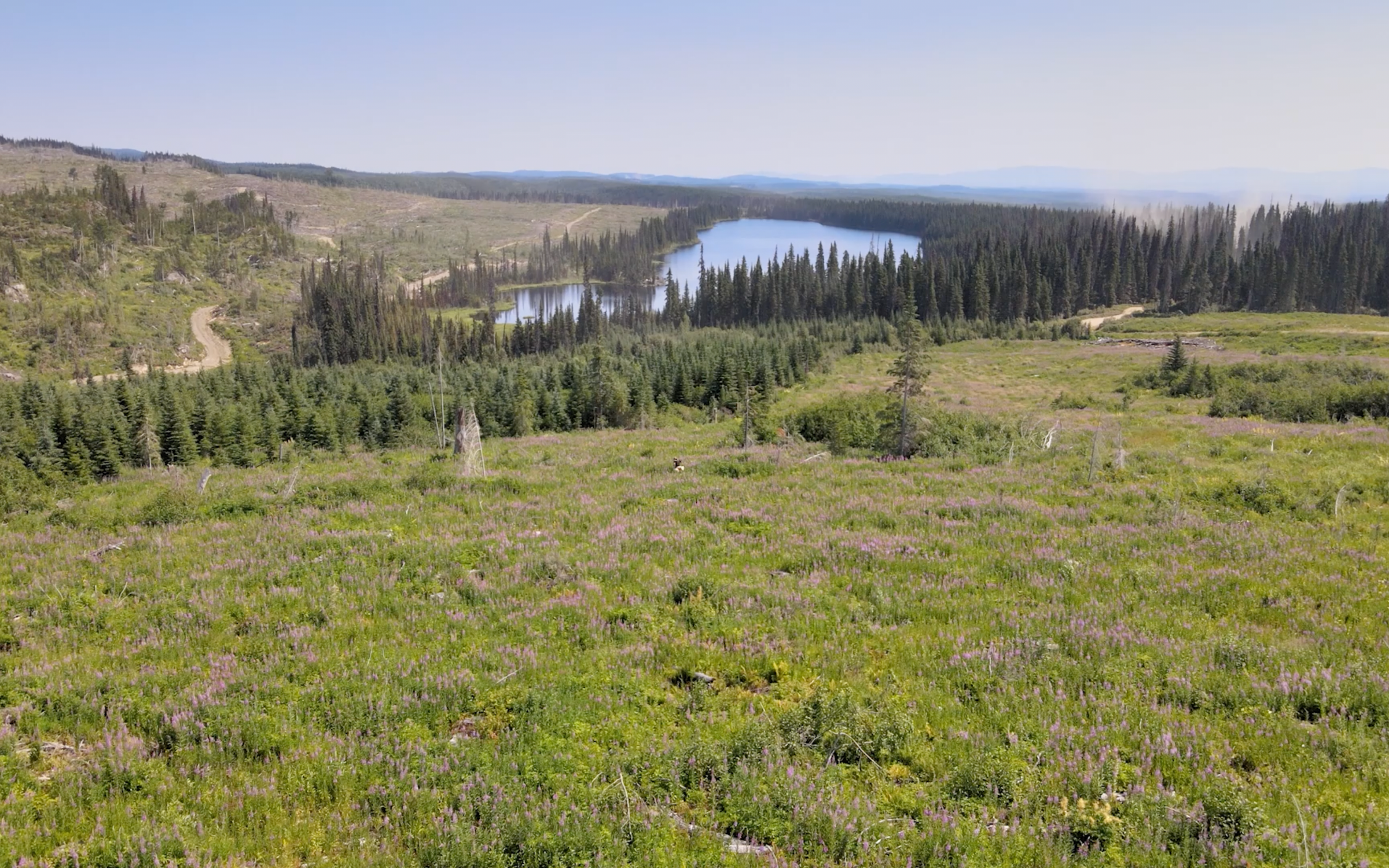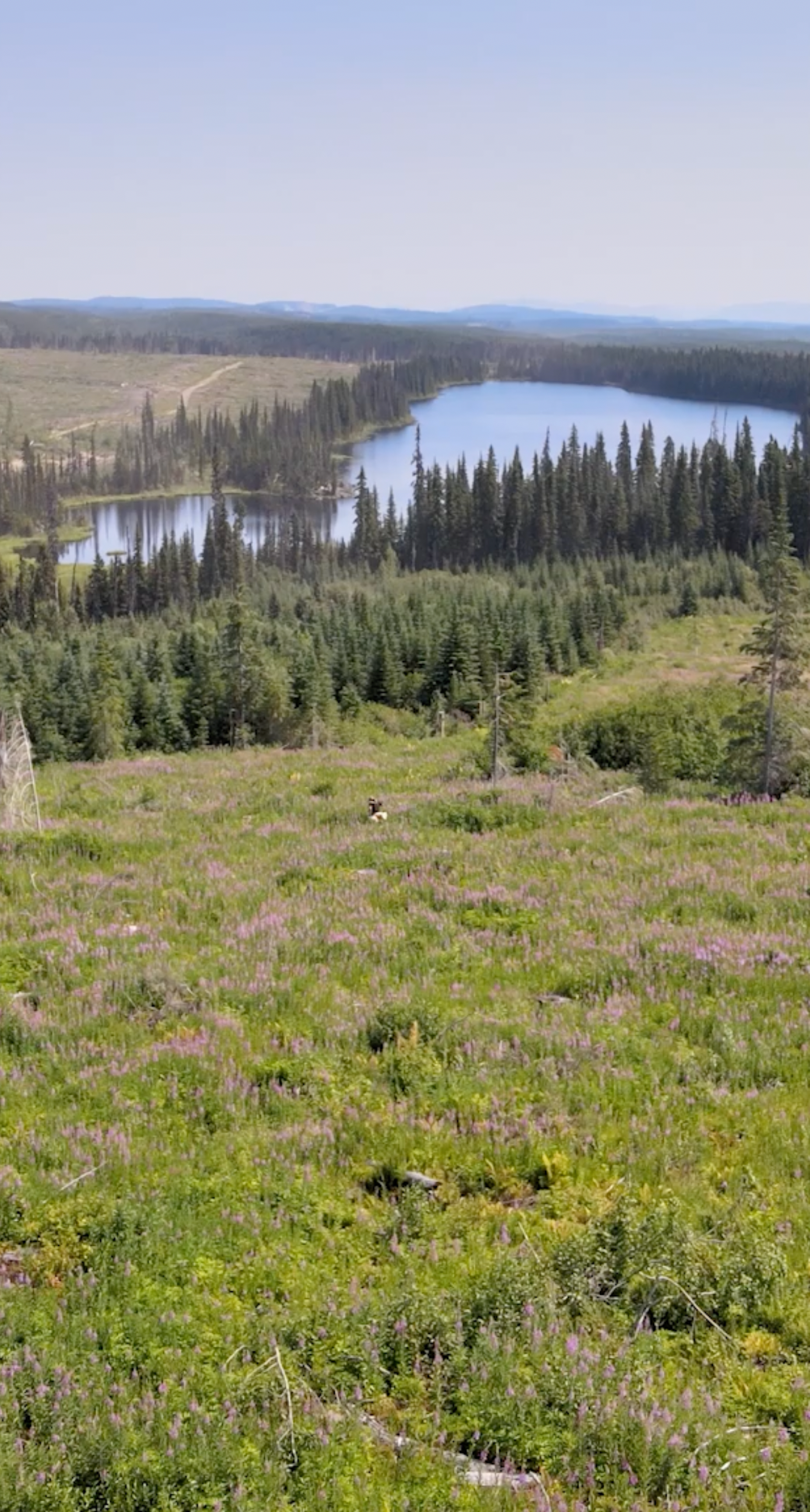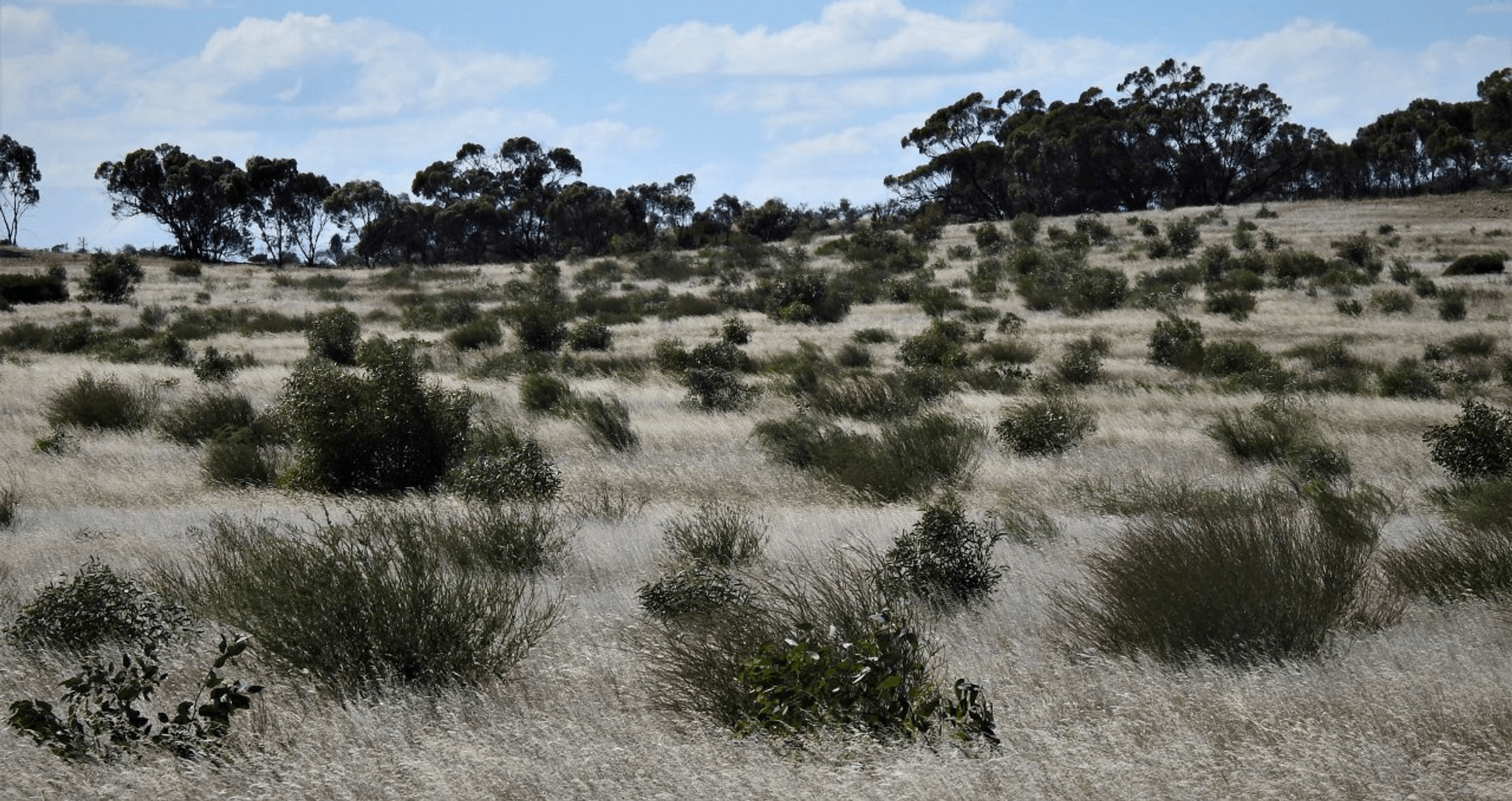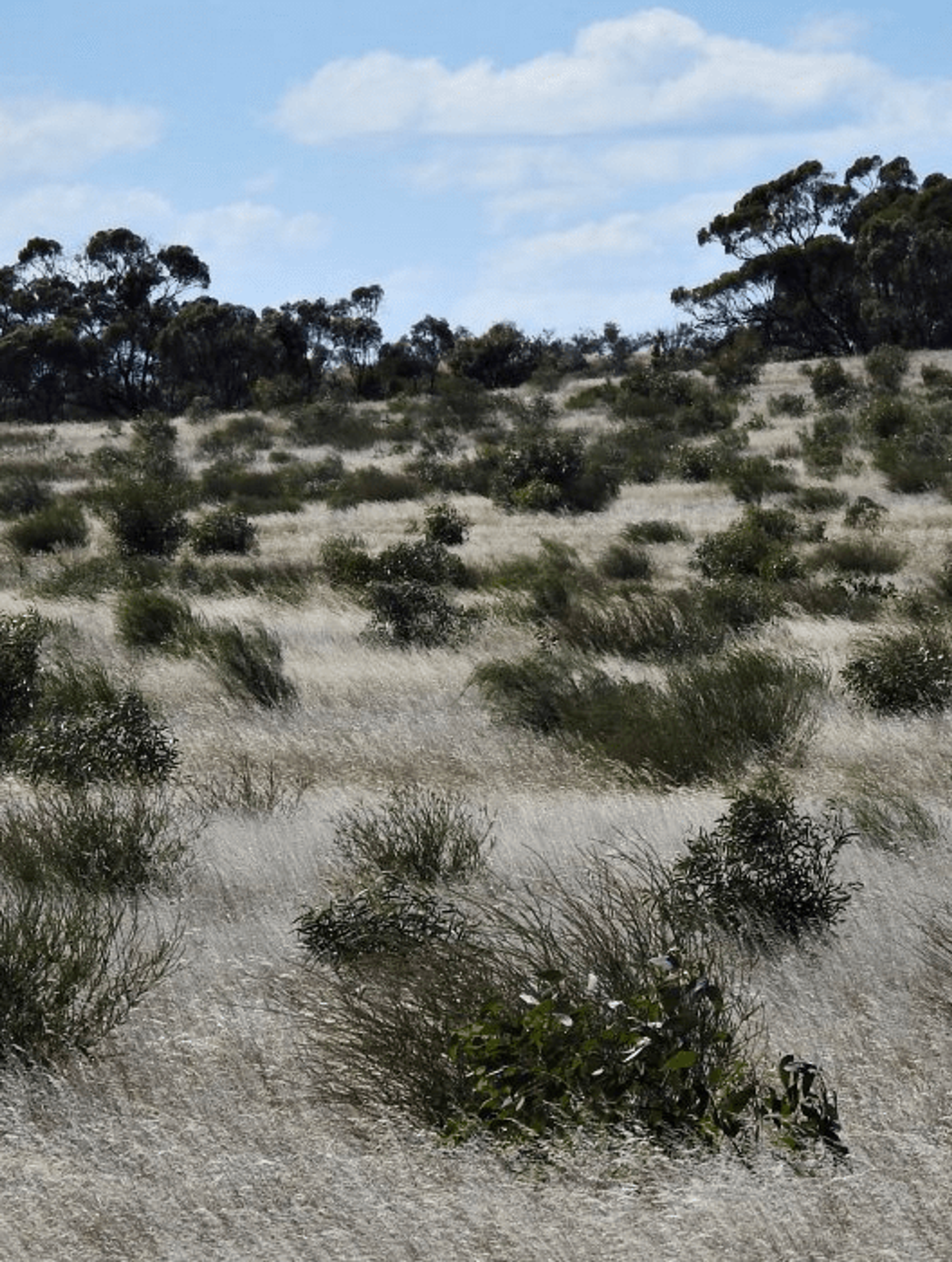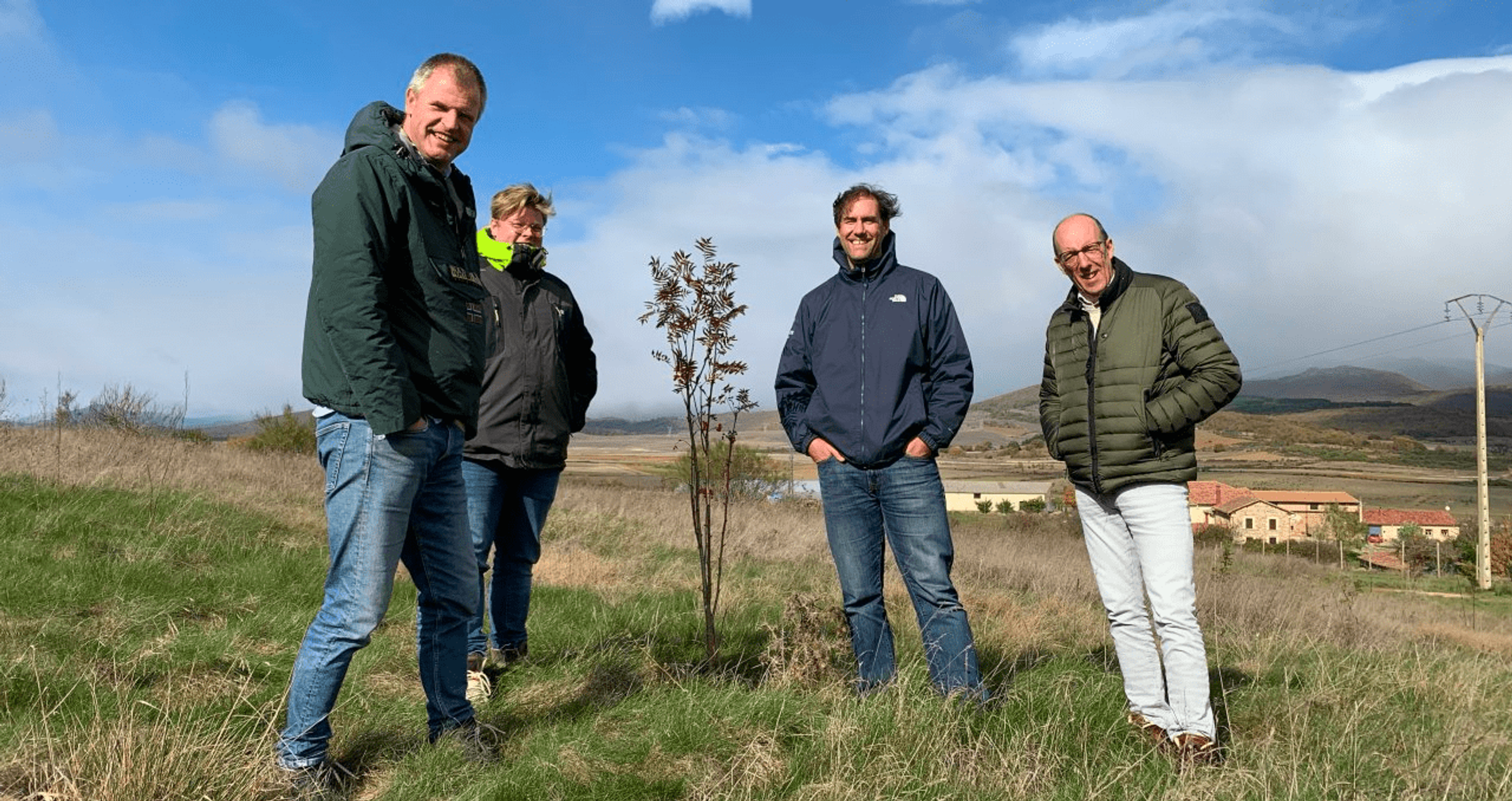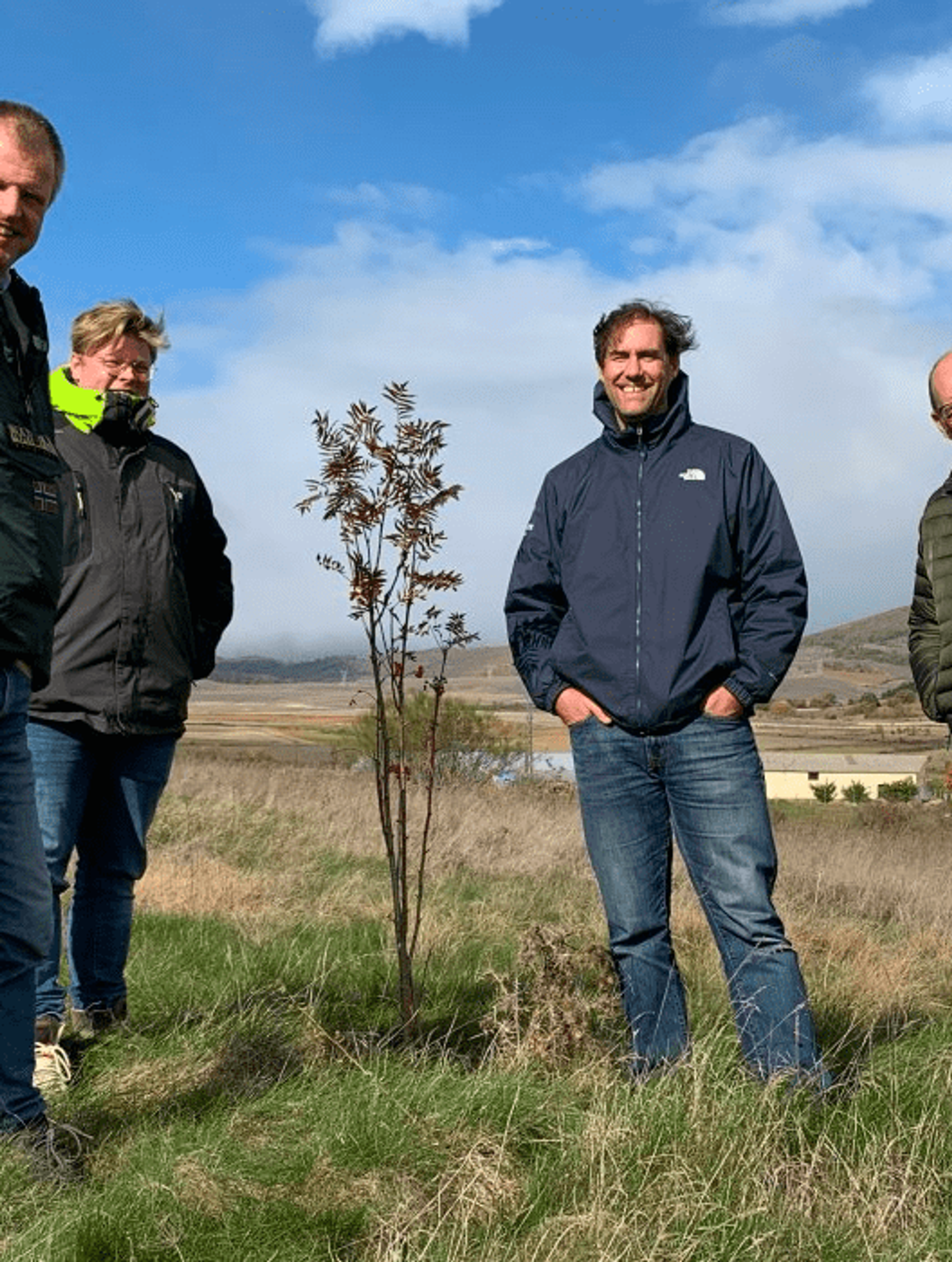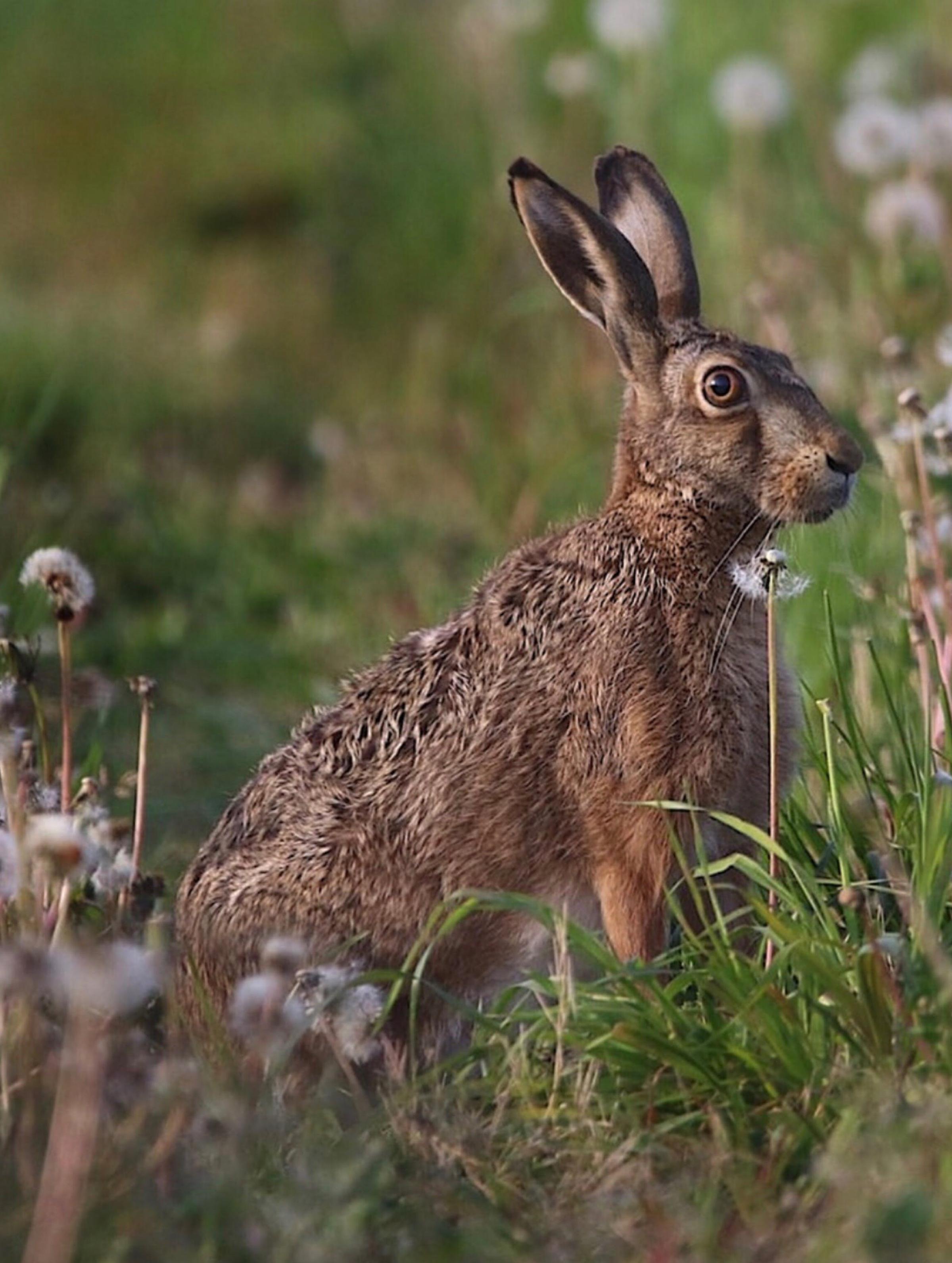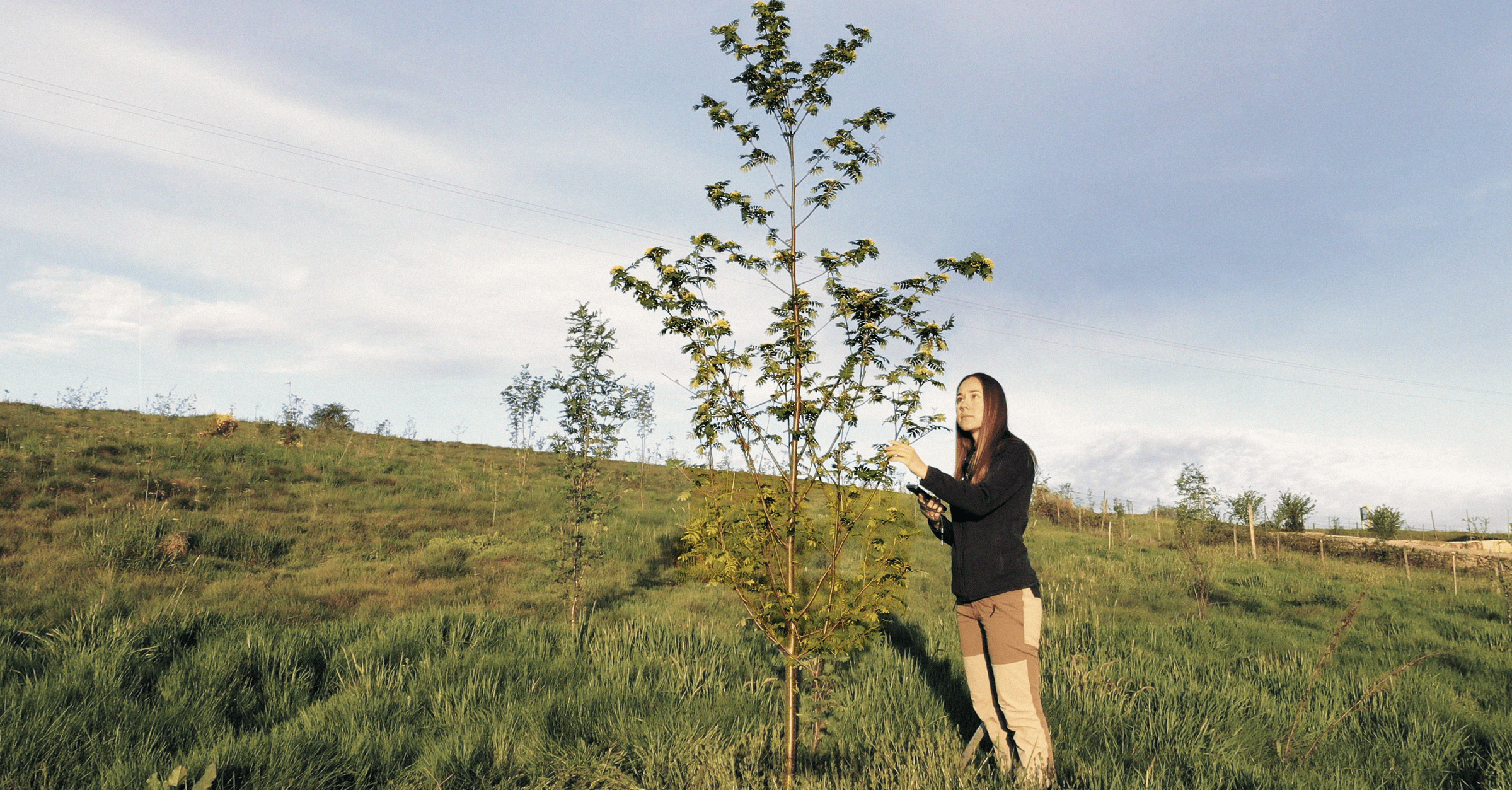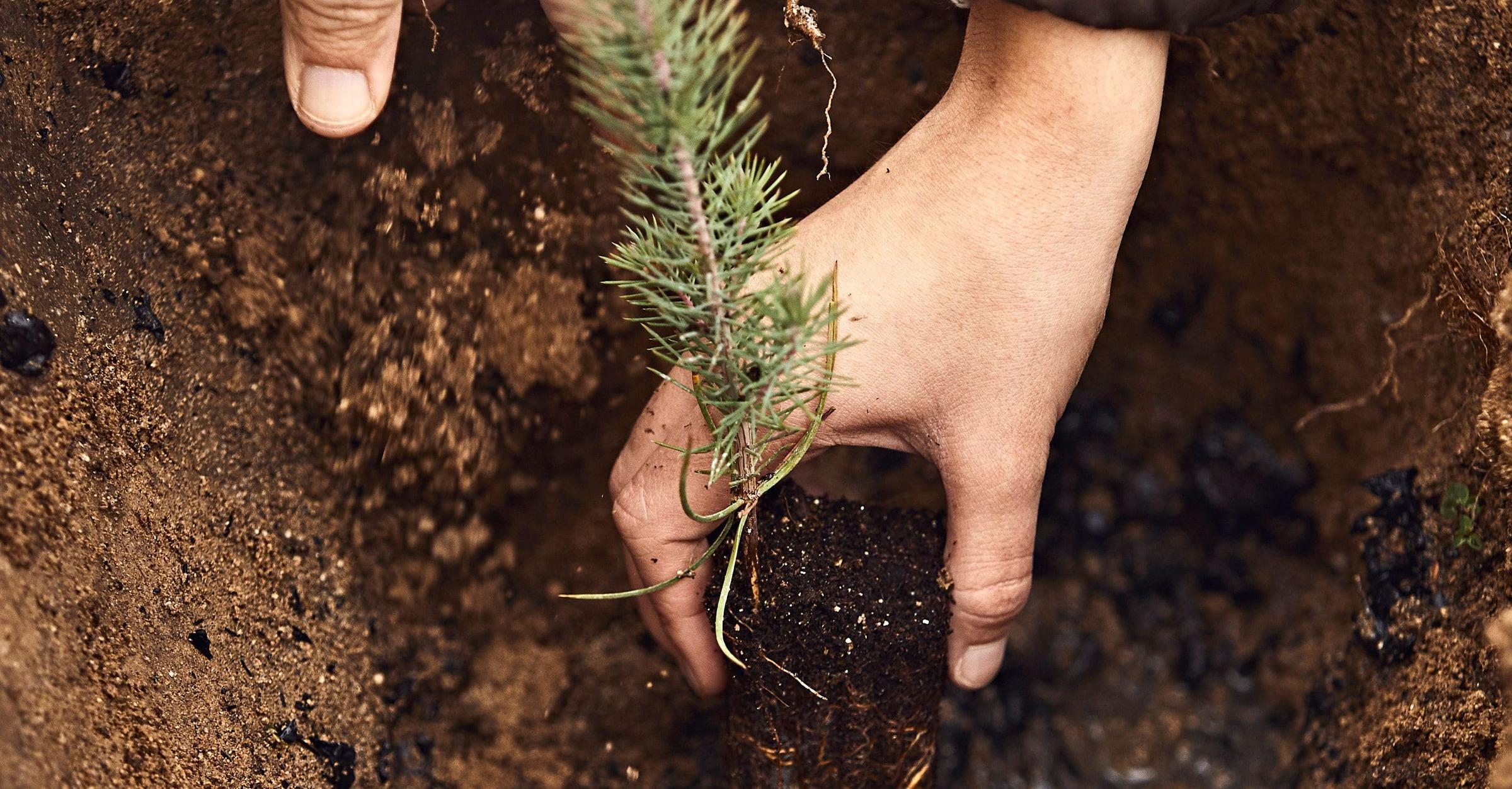The Mysterious Ways of Trees
The mystery surrounding trees is part of their charm. We repeat questions as old as time: if a tree falls in the forest and no one hears it, does it make a sound? Mainstream media and culture often depict trees as wise, intelligent creatures with a deep knowledge of their surroundings and the effect humanity has. Tolkein’s fascinating character Treebeard famously says, “the world is changing: I feel it in the water, I feel it in the earth, and I smell it in the air.” The all-seeing character, the guardian of the Earth’s health. A common consensus is that they know more than us and deserve respect: a hard point to argue.
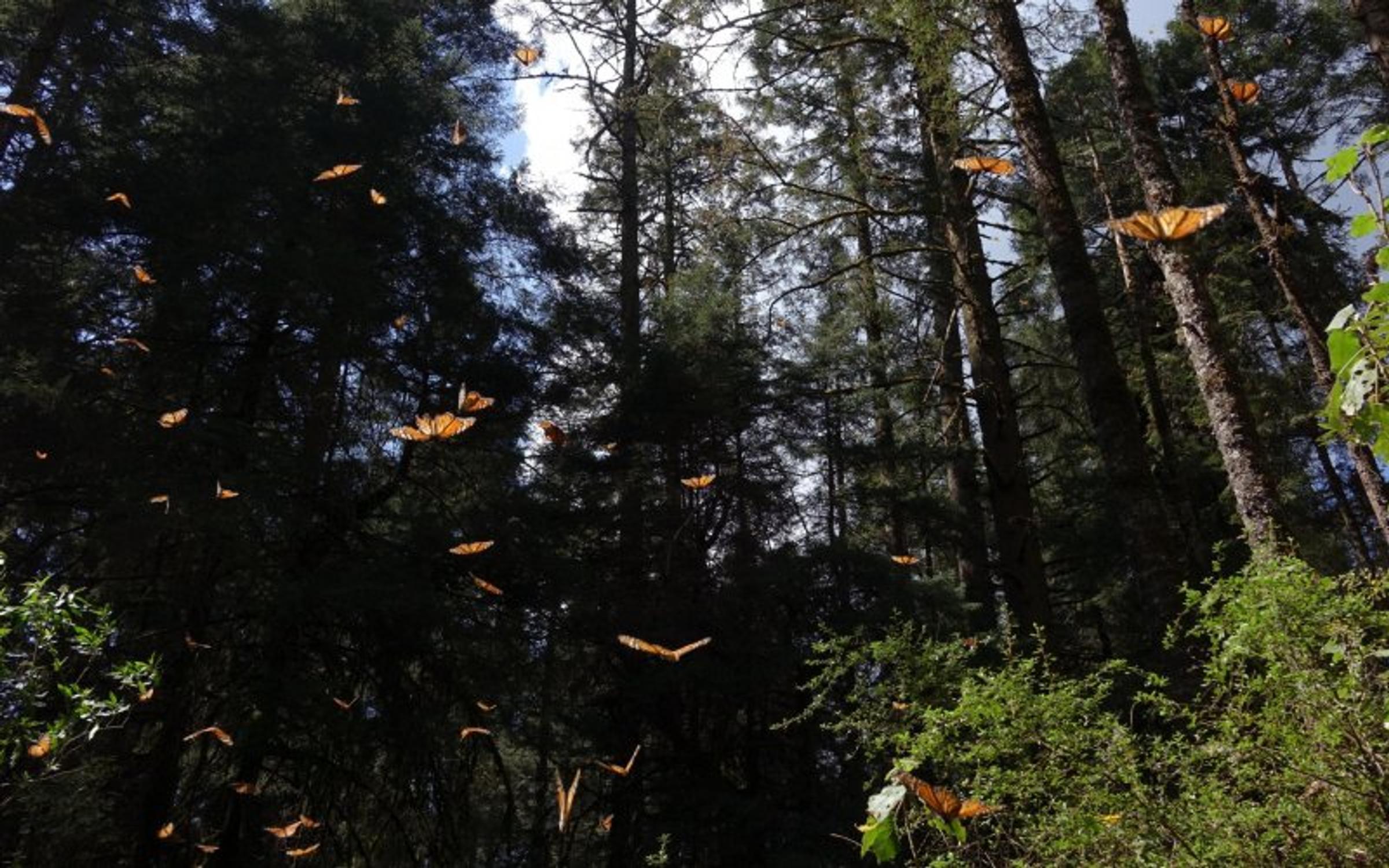
Trees breathe in CO2 from the atmosphere, which is why reforestation is essential to what we do at Land Life. Here, we believe planting trees is the most simple and effective way to restore nature and degraded land. Trees are the key to our climate agenda, so we want to dig deeper into why trees are almost as magical as the fiction suggests.
Tree Rings
Dendrochronology, the study of these rings, reveals an entire library we didn’t know about: every tree’s rings tell a unique story. When a tree has had years of healthy growth and resources, its rings will be thick and clear; thin rings indicate the opposite. The rings also reveal past climate patterns, making them an essential tool for scientists to understand the scope and impact of climate change and how to combat it.
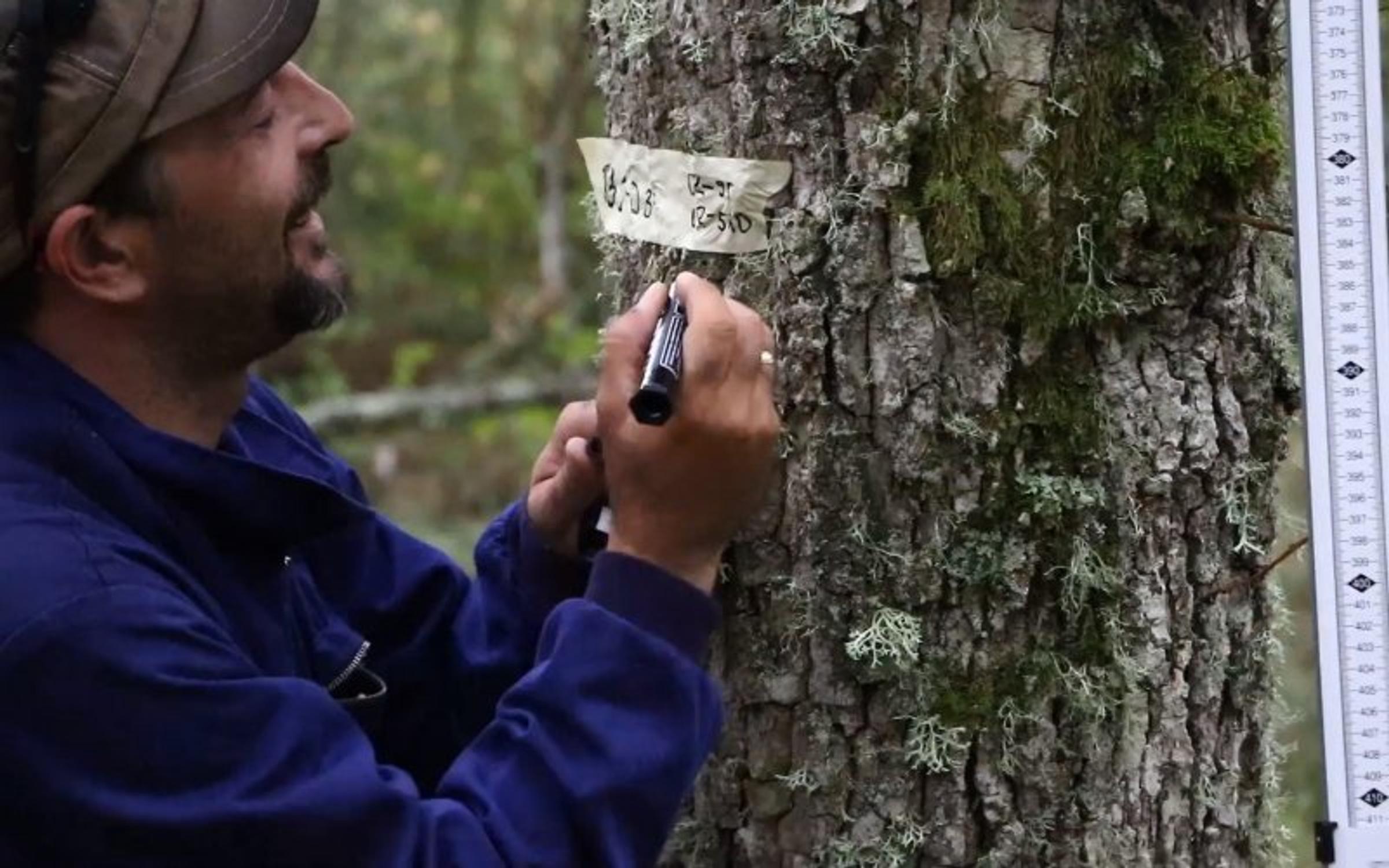
Over 6,000 trees and their ring patterns have been archived in the International Tree-Ring Data Bank, allowing climate scientists to compare weather records with tree growth and use ring widths to indicate climate changes over the tree’s lifetime. Through this, we can understand more thoroughly natural climate variability and create a reference to measure human-induced climate change.
Tree's Filter
Trees act as indirect filters. They are once again personified as they cool the air through transpiration, a naturally cooling process comparable to human sweating. They have a distinct effect on water systems, specifically water availability. They improve water infiltration as their roots, and associated soil life increases soil porosity, the small voids between soil particles. In turn, this can help prevent soil from eroding into waterways and reduce flood damage or water run-off from a storm. Our wooden friends increase water retention by increasing the organic matter in the ground. They slow rain as it falls to earth; their leaves and branches intercept and reduce the rain’s erosive energy.
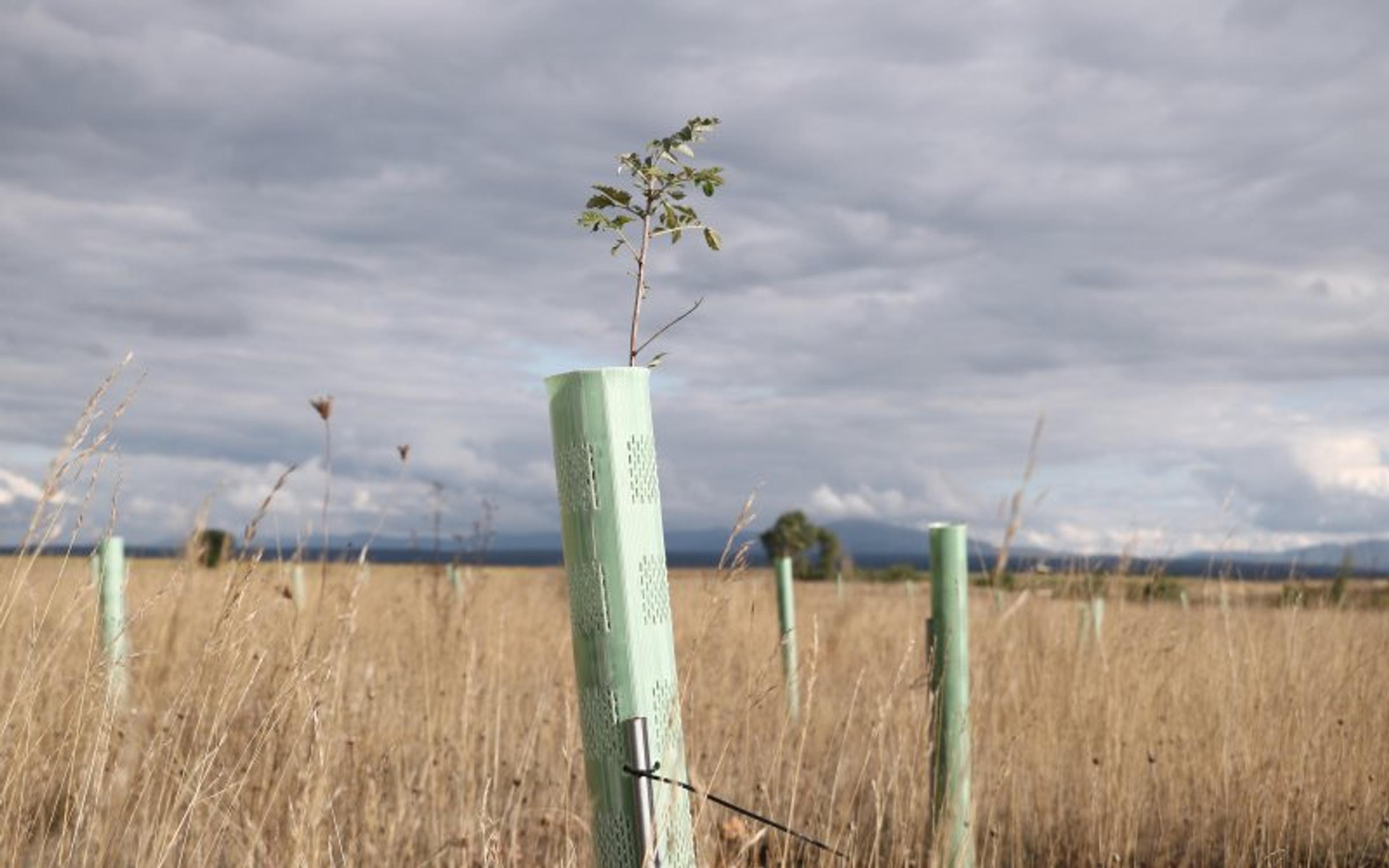
Additionally, trees act as air quality and control officers. They work as windbreakers by reducing wind speed, which is why they are planted along shelterbelts, meaning less dust or soil particles are passed on or carried away. Trapped pollutants may also be ‘removed’ when leaves litter, for example, in autumn or a drought, and partly decompose in the soil surface through bacteria and fungi. Often labeled the “lungs” of the earth, we should also dub them earth’s “liver.” They not only breathe in CO2 but also filter harmful pollutants, like nitrogen dioxide, through their leaves, cleaning the air and preventing pollution.
The Social Network
Another unfathomable aspect of trees is their connection to fungi. For years, scientists pondered many different factors about trees, but the underground world remained unknown. Fast forward to the 1988 paper by the plant scientist E. I. Newman, “Mycorrhizal Links Between Plants: Their Functioning and Ecological Significance,” in which Newman argued boldly for the existence of a “mycelial network” linking plants in a unique network of communication. From there, our knowledge has slowly gathered to a point where we can tell the story of a secret, communicative trading system between fungi and trees.
As trees go through photosynthesis, they leak sugars into the ground. Sugars are transported from the photosynthesizing leaves, via the stem to the roots, to support energy-consuming root activities, such as nutrient uptake. This sugar leakage provides energy for our subterranean fungi. They get sugar. In turn, they respond by giving the plants nutrients. Through this, the trees are able to tune into the fungal network and connect to each other. This system of communications has been coined “The Wood Wide Web.”
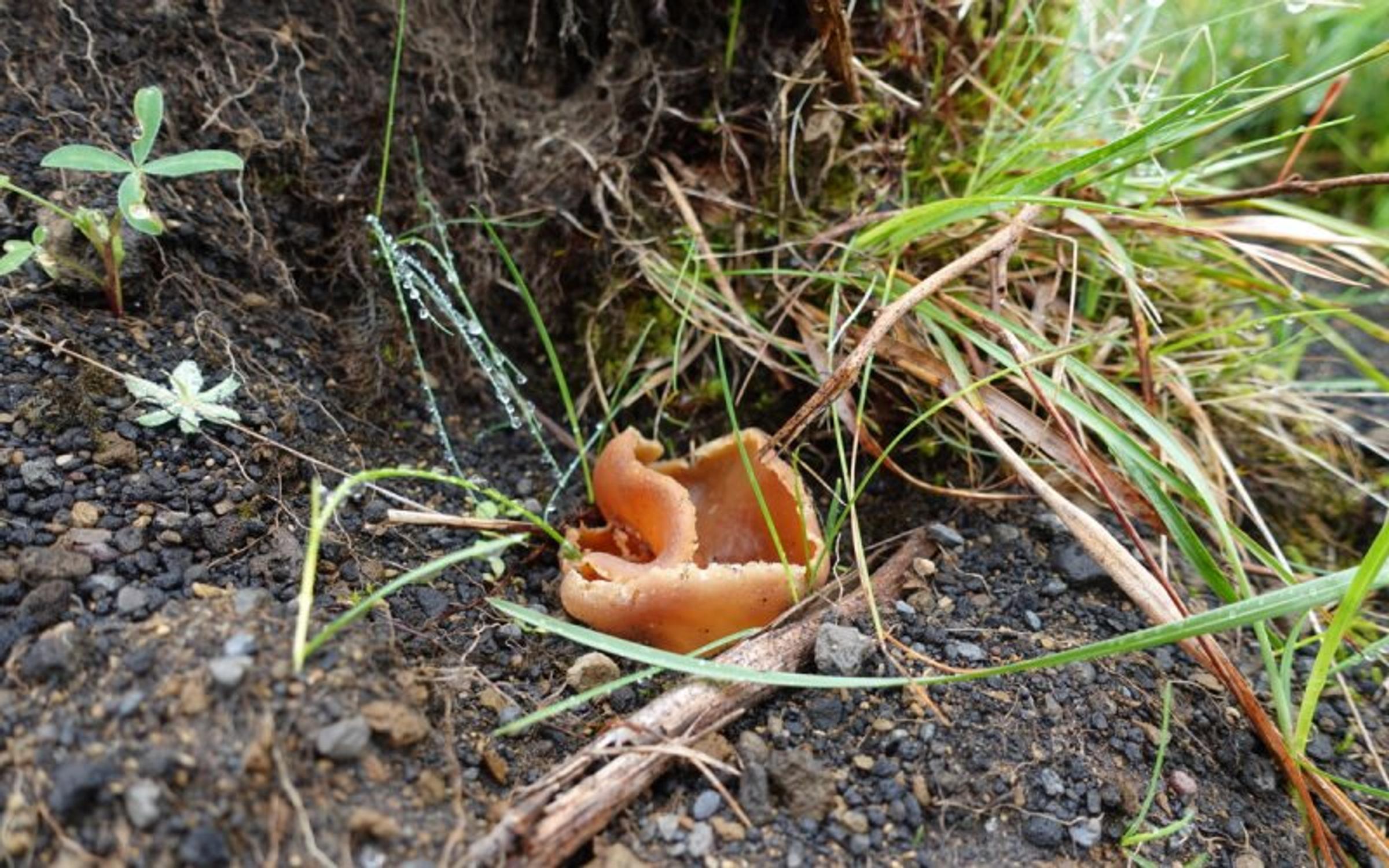
The Wood Wide Web can be a way for trees to help each other. A mother tree can provide more nutrients to shaded seedlings to give them strong and healthy growth. A dying tree can dump its nutrients into the network and provide for other trees so its energy doesn’t go to waste. If being attacked by pests, the trees can send a chemical into the network that acts as a message, warning other trees to put up their defenses. There are “bad” guys in this story too. The network can be hacked by certain species who steal the nutrients to ensure their survival and sabotage others’ growth. This information has allowed us to look at forests in a different way, rather than seeing trees as lonely, individual species, we can look at them as part of a much bigger system, chatting and trading in a similar way to humans.
As we gain more information about the importance of the fungi supporting trees, we can ensure we keep this in mind as we restore areas of forest. The data set we now have on these fungi allows scientists to not only see what is happening in ecosystems now, but also make accurate predictions for the future. So the social network that allows trees to communicate could also be vital in providing us with information on how to reverse and avoid its destruction.
Tree's Shield
Just as our skin rejects harmful bacteria, a tree’s bark protects them from harmful insects and pests. Much like our immune system, trees have structures and processes in place designed to protect. Trees can fill leaves with phenolics during the initial attack (compounds often used in antiseptics or disinfectants). If something gets past the initial wall of bark, the internal workings come into play.
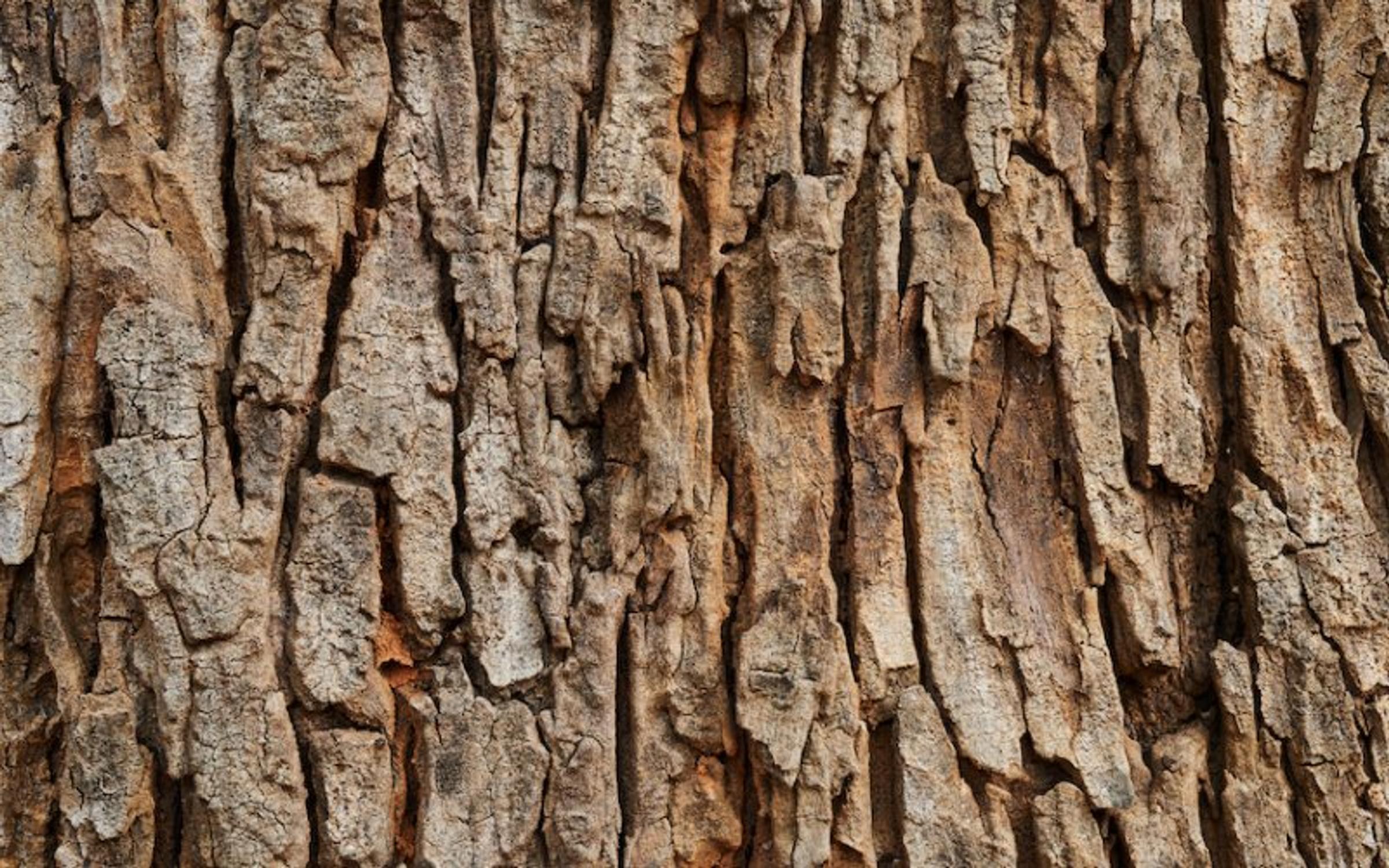
Damage done will catalyze the tree to convert stored sugars into an array of other defensive chemicals. It will then proceed to make an internal pattern inside the wound to heal itself. When in danger, trees can communicate and work together by signaling this danger to other trees and allowing them to create their defense system. So, perhaps Tolkien wasn’t far off after all!
What does this mean?
All of the above points show that there is more to trees than meets the eye. Their magical ways also highlight the power of nature and how incredibly intricate an ecosystem really is. For this reason, when we plant trees, we always aim to build resilient ecosystems that allow trees to function together and use their magic to increase the resilience of the overall forest.
